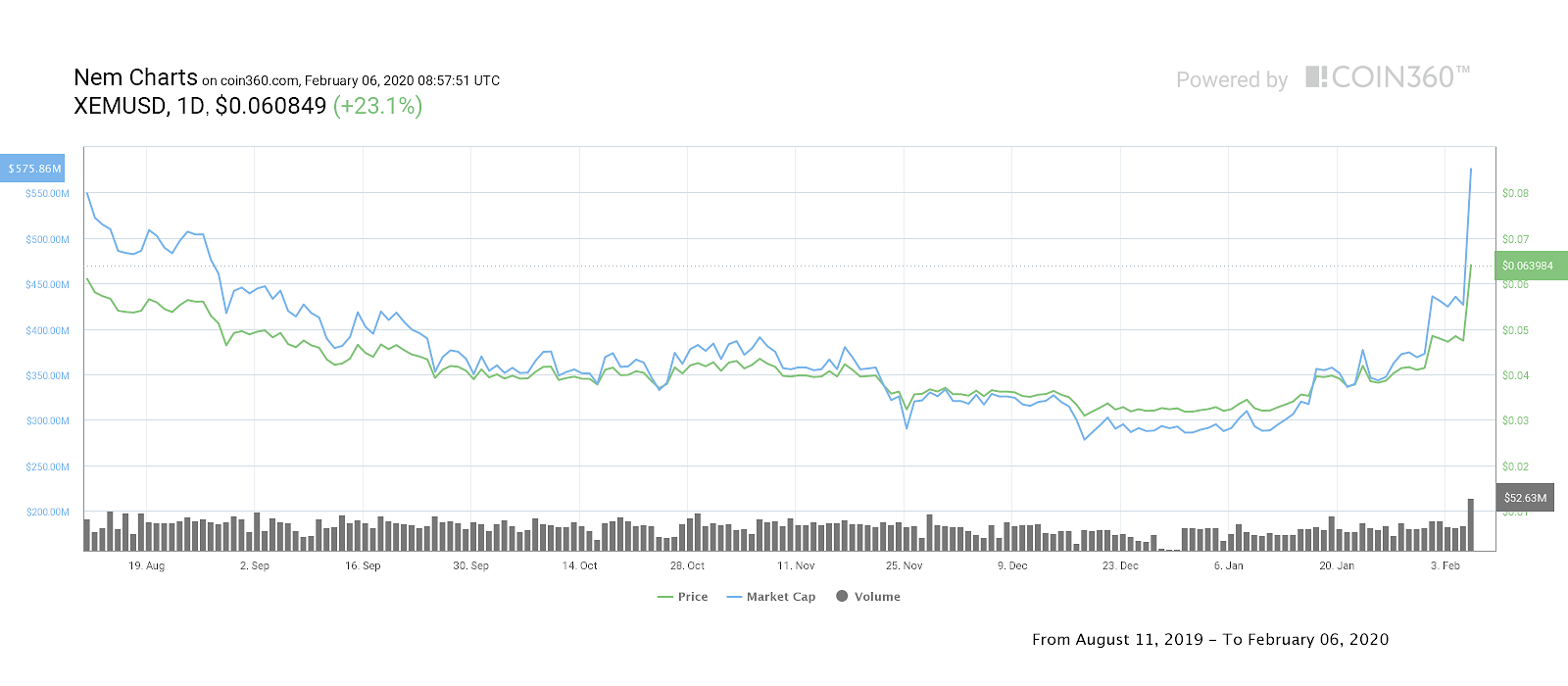NEM (XEM)
NEM (XEM), short for "New Economy
Movement," is a blockchain platform that was launched in 2015. It was
designed to provide a secure and efficient environment for the development of
decentralized applications (dApps) and the management of digital assets. NEM
introduced unique features like its consensus mechanism, proof-of-importance
(PoI), and a distinctive structure known as "NEM Apostille." Here's a
comprehensive overview of NEM (XEM):
1.
Proof-of-Importance (PoI):
NEM's PoI
consensus mechanism aims to create a meritocratic network by rewarding users
with a higher PoI score. The score is determined based on factors like the amount
of XEM they hold, their transaction activity, and the trustworthiness of their
transactions. This unique approach incentivizes active participation and
responsible behavior on the network.
2.
Harvesting and Node Reputation:
NEM users
have the opportunity to participate in network maintenance and transaction
processing by acting as "harvesters." Harvesters are selected to
create blocks based on their PoI score. This rewards active users and enhances
network security.
3. Mosaics
and Namespaces:
Mosaics are
custom assets on the NEM blockchain, and they can represent various digital and
real-world assets. Namespaces allow users to create unique domains for their
mosaics and can be used for asset management, identity verification, and more.
4. NEM
Apostille:
NEM
Apostille is a feature that enables users to create time-stamped, notarized,
and verifiable documents and digital assets on the blockchain. It is a
practical solution for ensuring the authenticity and integrity of digital
files, making it a valuable tool for businesses, legal purposes, and data
verification.
5.
Catapult:
Catapult is
a significant upgrade to the NEM blockchain that introduces several
enhancements, including Aggregate Transactions and Cross-Chain Swaps. Aggregate
Transactions allow multiple transactions to be bundled together, improving
efficiency. Cross-Chain Swaps enable asset transfers between different
blockchains, promoting interoperability.
6. Smart
Assets and Simple Contracts:
NEM enables
the creation of "smart assets" with customizable properties and
simple, secure scripting. While it does not support complex, Turing-complete
smart contracts like Ethereum, NEM's approach is designed for practical asset
management and flexibility.
7. Use
Cases:
NEM has
been employed in various use cases, such as:
Supply
Chain Management: NEM's features like mosaics and notarization have made it
suitable for tracking goods and ensuring product authenticity.
Real-time
Data Streaming: Its efficient consensus algorithm makes it ideal for real-time
data applications.
Digital
Identity Verification: NEM Apostille and namespaces can be used for digital
identity verification.
ICOs and
Token Creation: NEM has been used for creating and managing tokens, often used
for initial coin offerings (ICOs).
8. Public
and Private Blockchains:
NEM offers
flexibility by supporting both public and private blockchains. The public NEM
Mainnet is open to anyone, while private chains provide organizations with
controlled environments for specific use cases.
9.
Scalability and Speed:
NEM is
known for its efficiency, and transactions on the network are processed
rapidly. Its scalability and performance make it suitable for applications that
require high transaction throughput.
10.
Development Community:
- NEM has
an active and global development community that is committed to improving the
platform, building new applications, and providing support to users.
NEM's
unique features, such as PoI, mosaics, NEM Apostille, and its commitment to
efficiency and security, set it apart in the blockchain space. As the platform
continues to evolve with upgrades like Catapult, it remains an attractive
choice for businesses and developers seeking a blockchain solution for various
use cases, including supply chain management, data verification, and real-time
data applications.


